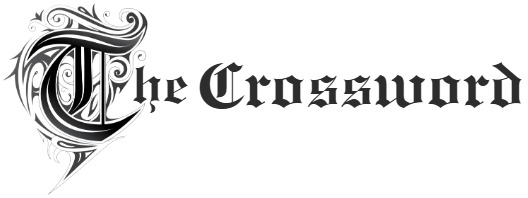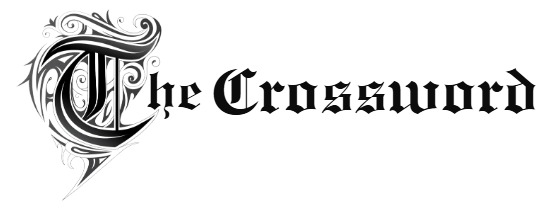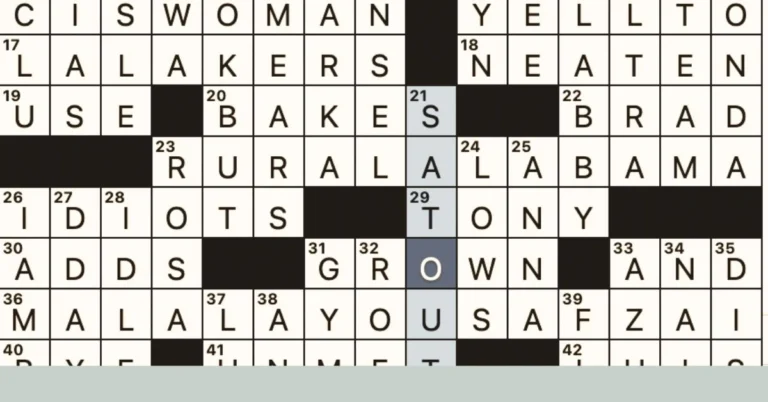Crossword puzzles have been a cherished pastime for many years, captivating individuals from all walks of life. One of the most recognized crossword series in the world is the New York Times (NYT) Crossword. With its rich history, intellectual challenge, and wide-ranging themes, the NYT Crossword has set the gold standard in the world of puzzles. However, for crossword enthusiasts and constructors, the specification for a cut NYT crossword is a crucial aspect of puzzle design, determining how the crossword grid will appear, the nature of clues, and the overall difficulty of the puzzle. This article delves into the essential components that define a cut NYT crossword, offering insights into the specification for a cut NYT crossword for both aspiring puzzle constructors and avid solvers.
What Makes a Cut NYT Crossword Unique?
The specification for a cut NYT crossword is what differentiates a regular crossword puzzle from one that is cut and accepted by the New York Times. A “cut” puzzle refers to a crossword that has met all the requirements and standards set by the New York Times editorial team. This specification includes rules about grid construction, clue writing, symmetry, and overall quality. Meeting these standards ensures that the puzzle is both challenging and engaging for solvers.
One of the most important aspects of the specification for a cut NYT crossword is grid symmetry. The NYT typically requires crossword grids to have rotational symmetry, meaning that if you were to rotate the grid 180 degrees, the pattern of black and white squares would remain the same. This symmetry adds to the aesthetic appeal and balance of the puzzle, making it visually pleasing to the solver.
Grid Layout and Design
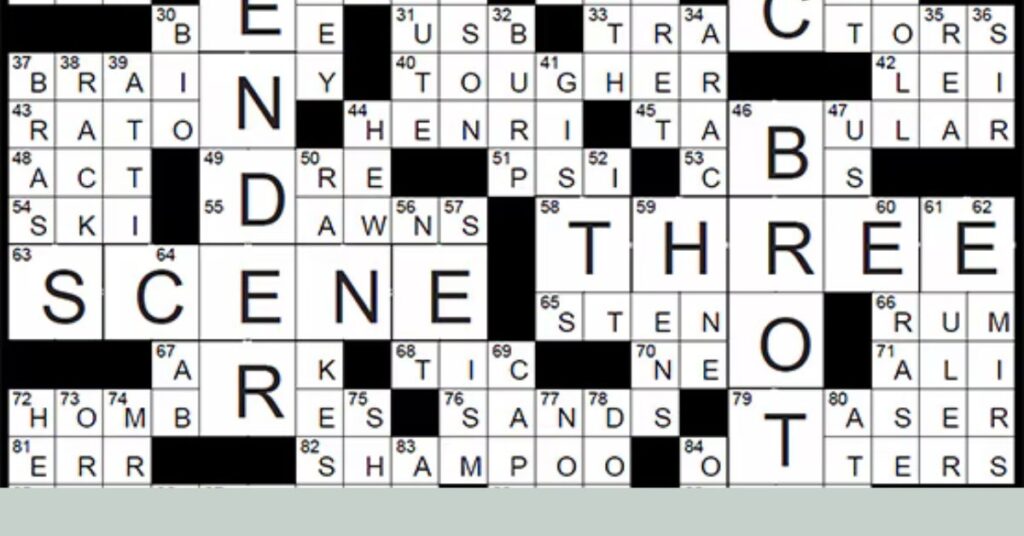
When discussing the specification for a cut NYT crossword, the grid layout is a key factor. A standard NYT crossword grid is usually 15×15 squares, although there are special editions that may feature larger grids, such as 21×21 or 17×17 squares. Each square in the grid is either black (which separates words) or white (which holds letters for answers).
The puzzle’s constructor must ensure that the black squares are distributed in a way that maximizes the puzzle’s complexity while also ensuring solvability. The design must balance difficulty with accessibility, ensuring that solvers are not overwhelmed by too many obscure answers or overly difficult clues. To meet the specification for a cut NYT crossword, the constructor must also follow specific rules about the number of black squares allowed, ensuring that the puzzle remains solvable within a reasonable time frame.
Clue Difficulty and Variety
In addition to the grid design, the specification for a cut NYT crossword also includes guidelines about clue writing. Clues must be challenging yet fair, providing a range of difficulty levels. Each crossword puzzle in the NYT aims to offer a satisfying mix of easy, medium, and hard clues, which keeps solvers engaged throughout the puzzle.
The variety in clues is one of the defining characteristics of a cut NYT crossword. Clues are often divided into different categories, ranging from straightforward definitions to more cryptic, wordplay-based clues. A constructor must strike a balance between providing clues that are simple enough for novice solvers while also offering a challenge to more experienced puzzle enthusiasts. This requires not only creativity but also an understanding of the types of puzzles that appeal to a broad audience.
Word Choices and Fill
One of the challenges in crossword construction is selecting words that fit well within the grid and also meet the specification for a cut NYT crossword. The words used in the grid, or “fill,” must adhere to strict standards. They should be recognizable to a wide audience, with the crossword avoiding obscure or overly technical terms unless they are widely known.
The fill must also be balanced. A good specification for a cut NYT crossword ensures that there is a variety of word lengths and categories. Including too many similar types of answers, like foreign words or abbreviations, can make the puzzle feel imbalanced. To meet the NYT standards, constructors often spend hours ensuring that their word choices are appropriate, fresh, and engaging.
The Art of Clue Writing
The process of writing clues for a cut NYT crossword is an art in itself. A crossword clue is typically written to be indirect, allowing the solver to decipher its meaning through wordplay or cultural knowledge. Clues often employ techniques such as puns, misdirection, and double meanings. For instance, a clue for the word “apple” might read, “Fruit of a tech company,” alluding to the tech giant Apple Inc. instead of the fruit itself.
The specification for a cut NYT crossword dictates that clues must be clear and unambiguous, yet they should still provide an intellectual challenge. A good clue must strike the right balance between being tricky and being solvable. Furthermore, clues must adhere to a variety of formats. Some clues are straightforward definitions, while others require the solver to think about a particular phrase or word association. Writing clues that are both clever and solvable is one of the most critical aspects of crossword construction.
Symmetry and Aesthetic Appeal
As mentioned earlier, grid symmetry is an essential part of the specification for a cut NYT crossword. The symmetry of the crossword grid is not just a functional aspect—it’s also an aesthetic consideration. A well-designed grid feels visually balanced, and the symmetry enhances the solver’s experience as they work through the puzzle. Many constructors spend hours tweaking their grids to ensure that both the black and white squares are evenly distributed, contributing to the overall beauty of the puzzle.
Moreover, the design of a cut NYT crossword goes beyond symmetry. The placement of longer words and the choice of where to position key letters also have an impact on the puzzle’s solvability and aesthetic appeal. A poorly placed word can make the puzzle feel unnatural or difficult to navigate, while a carefully designed grid offers a smooth and satisfying solving experience.
The Difficulty Level
Another significant element of the specification for a cut NYT crossword is the puzzle’s difficulty level. Each day of the week, the NYT publishes a different crossword puzzle, with the puzzles becoming progressively harder as the week goes on. Monday puzzles are usually the easiest, offering a fun and lighthearted challenge for beginner solvers, while the Friday and Saturday puzzles are considerably more difficult.
Meeting the specification for a cut NYT crossword requires constructors to gauge the appropriate difficulty level for their puzzle. The clue difficulty, word choice, and overall structure all contribute to how challenging the puzzle will be. A constructor must not only ensure that the puzzle is solvable but also that it provides a sense of satisfaction when completed.
The Editorial Process
Once a constructor has met the specification for a cut NYT crossword, their puzzle must go through the editorial process. This involves the puzzle being reviewed by an editor at the New York Times, who checks for errors in the grid, clues, and answers. The editor also ensures that the puzzle meets the necessary standards of difficulty, accessibility, and fairness.
After the editorial process, the puzzle may undergo further revisions to address any issues that arise. This ensures that the final version of the puzzle is of the highest quality and adheres to the specification for a cut NYT crossword. The process of editing a crossword puzzle can take several weeks, as it involves meticulous checking and revising to ensure everything aligns with the standards set by the NYT.
The Legacy of the NYT Crossword
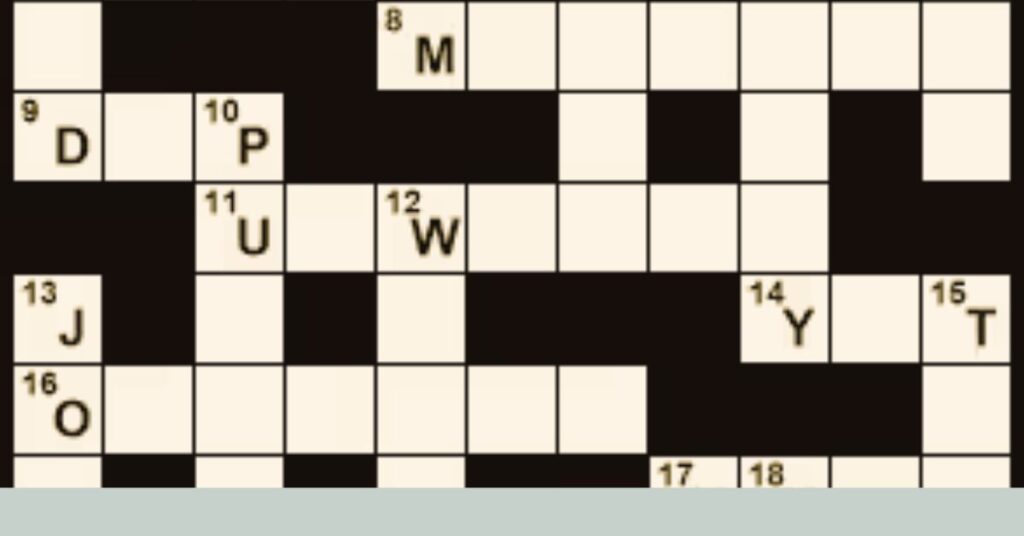
The specification for a cut NYT crossword reflects the long-standing tradition of excellence in puzzle-making at the New York Times. With its combination of intellectual challenge, wordplay, and aesthetic appeal, the NYT Crossword has become a standard in the world of puzzles. For constructors, meeting the specification for a cut NYT crossword is a prestigious accomplishment, one that requires a deep understanding of puzzle construction and a dedication to quality.
For solvers, completing a cut NYT crossword is an immensely rewarding experience. Each puzzle offers a journey of discovery, where solvers can engage with a wide range of clues, tackle a variety of challenges, and appreciate the skill that goes into creating such a masterpiece.
Conclusion
In conclusion, the specification for a cut NYT crossword is a rigorous and detailed process that ensures the final puzzle is both challenging and enjoyable for solvers. From grid design to clue writing, every element of the puzzle is carefully crafted to meet the highest standards. For crossword constructors, meeting the specification for a cut NYT crossword is a significant achievement, reflecting both skill and creativity. For solvers, engaging with these puzzles offers a rewarding intellectual experience that continues to captivate crossword enthusiasts around the world.
Read more: NYT Mini Crossword Hints A Fun, Engaging Challenge
